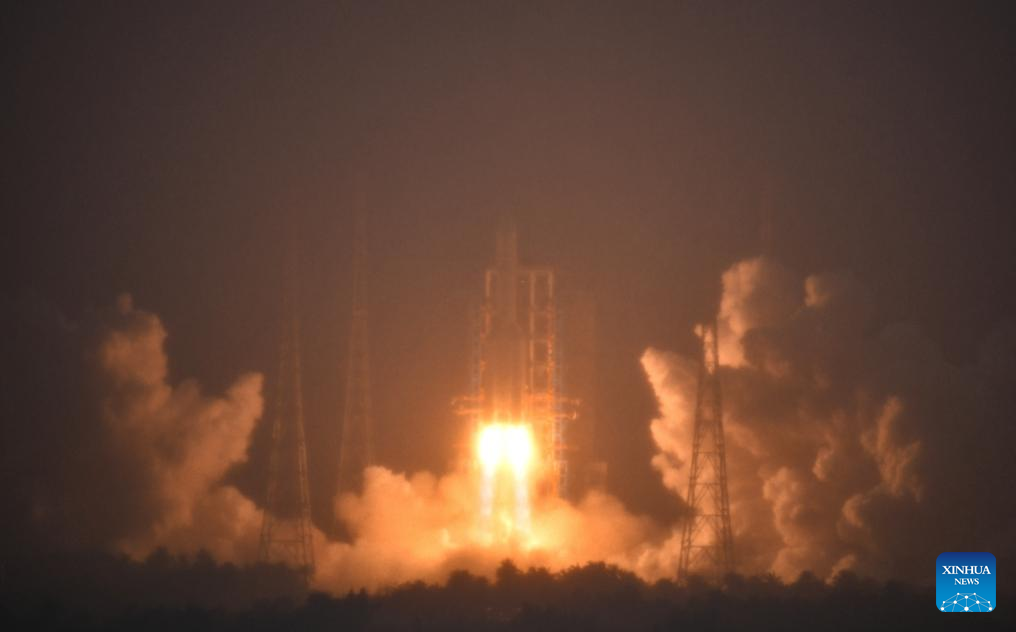
WENCHANG, Hainan - China on Friday launched the Chang'e-6 spacecraft to collect and return samples from the moon's mysterious far side -- the first endeavor of its kind in the history of human lunar exploration.
A Long March-5 rocket, carrying the Chang'e-6 spacecraft, blasted off from its launchpad at the Wenchang Space Launch Site on the coast of China's southern island province of Hainan at 5:27 pm (Beijing Time).
Approximately 37 minutes after liftoff, the Chang'e-6 spacecraft separated from the rocket and entered its planned Earth-moon transfer orbit, which had a perigee altitude of 200 kilometers and an apogee altitude of about 380,000 kilometers, according to the China National Space Administration (CNSA).
After it reaches the moon, it will make a soft landing on the far side. Within 48 hours after landing, a robotic arm will be extended to scoop rocks and soil from the lunar surface, and a drill will bore into the ground. Scientific detection work will be carried out simultaneously
The launch of the Chang'e-6 spacecraft was a complete success, the CNSA announced.
"Collecting and returning samples from the far side of the moon is an unprecedented feat. Now we know very little about the moon's far side. If the Chang'e-6 mission can achieve its goal, it will provide scientists with the first direct evidence to understand the environment and material composition of the far side of the moon, which is of great significance," said Wu Weiren, an academician of the Chinese Academy of Engineering and chief designer of China's lunar exploration program.
ALSO READ: Shenzhou XVIII astronauts enter China's space station
The Chang'e-6 spacecraft, like its predecessor Chang'e-5, comprises an orbiter, a lander, an ascender and a returner.
After it reaches the moon, it will make a soft landing on the far side. Within 48 hours after landing, a robotic arm will be extended to scoop rocks and soil from the lunar surface, and a drill will bore into the ground. Scientific detection work will be carried out simultaneously.
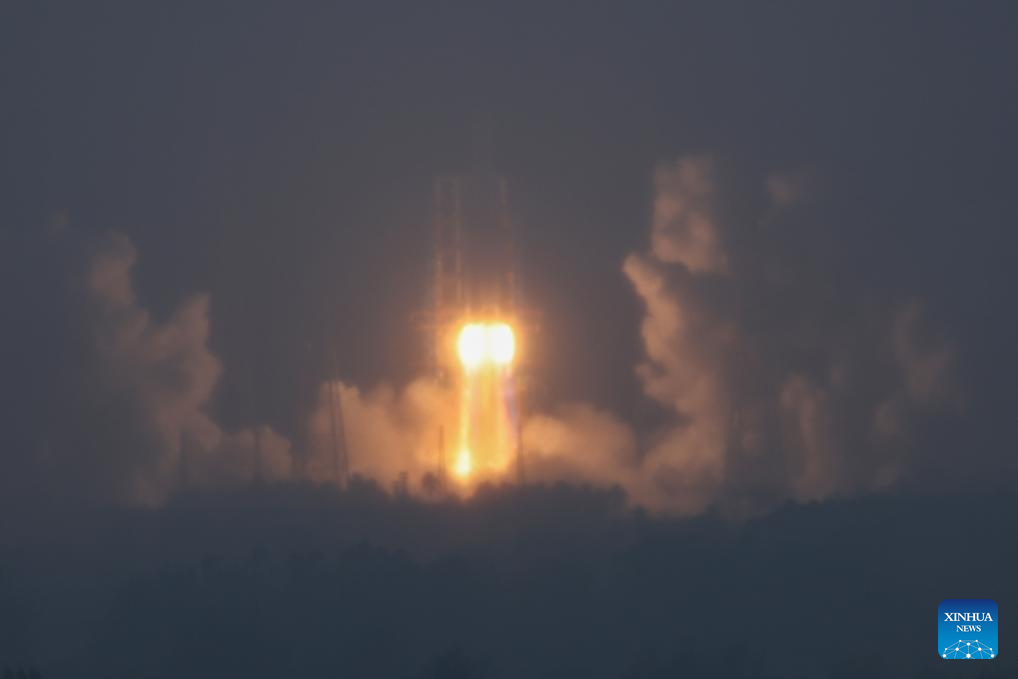
After the samples are sealed in a container, the ascender will take off from the moon and dock with the orbiter in lunar orbit. The returner will then carry the samples back to Earth, landing in north China's Inner Mongolia autonomous region. The entire flight is expected to last about 53 days, the CNSA said.
As the moon's revolution cycle is the same as its rotation cycle, the same side always faces Earth. The other face, most of which cannot be seen from Earth, is called the far side or "dark side" of the moon. This term doesn't refer to visible darkness, but rather the mystery shrouding the moon's largely unexplored terrain.
ALSO READ: China prepares Chang'e 6 to reach the far side of the moon
Remote-sensing images show the moon's two sides are very different. The near side is relatively flat, while the far side is thickly dotted with impact craters of different sizes and has much fewer lunar mares than the near side. Scientists infer that the lunar crust on the far side is much thicker than that on the near side. But why that is so remains a mystery.
An impact crater known as the Apollo basin, located within the South Pole-Aitken (SPA) Basin on the far side of the moon, has been chosen as the primary target landing and sampling site for the Chang'e-6 mission, according to Wang Qiong, deputy chief designer of the Chang'e-6 mission.
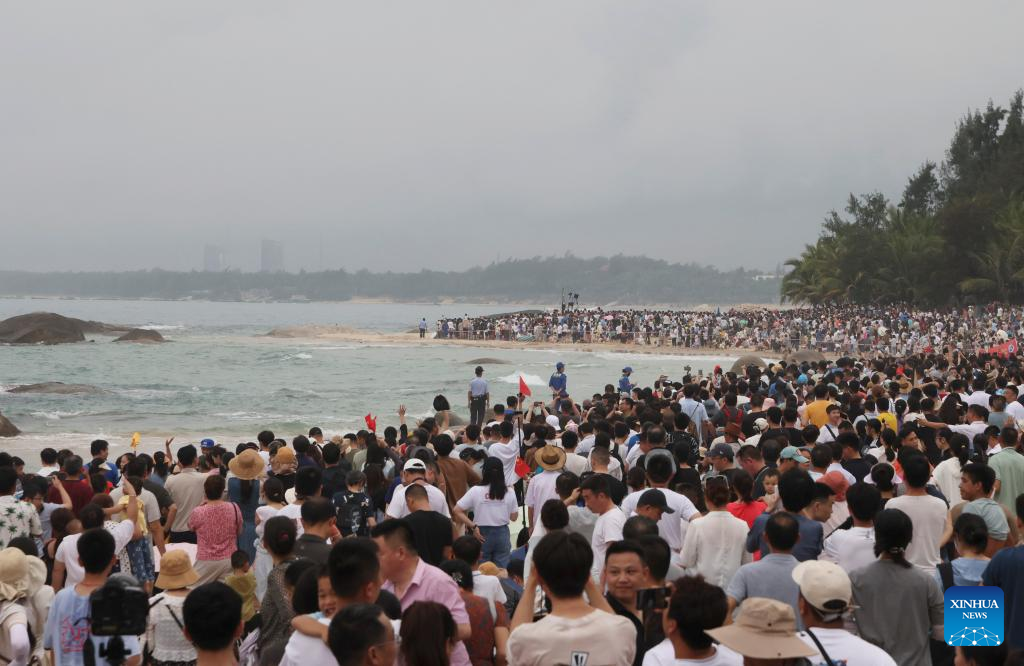
The colossal SPA Basin was formed by a celestial collision over 4 billion years ago and has a diameter of 2,500 kilometers, equivalent to the distance from Beijing to Hainan, and a depth of about 13 kilometers. It is the oldest and largest impact crater on the moon and in the solar system, and it may provide the earliest information about the moon, scientists say.
"First-hand, direct samples from the moon's far side are essential to giving us a deeper understanding of the characteristics and differences of the two sides of the moon, and to revealing the secrets of the moon," said Zeng Xingguo, a scientist at the National Astronomical Observatories of the Chinese Academy of Sciences.
"The whole mission is fraught with numerous challenges, with each step interconnected and nerve-wracking," Wang said.
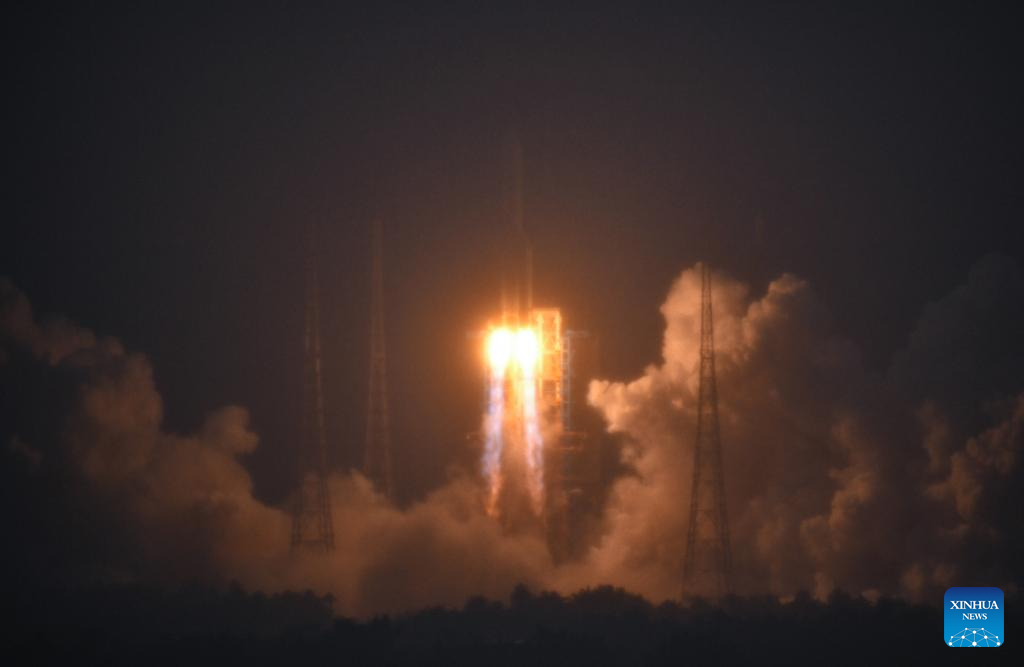
In order to realize communication between Earth and the probe on the far side of the moon, China sent the Queqiao-2 relay satellite, whose name translates to "magpie bridge-2," into a highly elliptical lunar frozen orbit earlier this year.
Although the Chang'e-4 mission achieved the world's first soft landing on the far side of the moon in 2019, Chang'e-6 still faces significant risks as the rugged terrain of the moon's far side poses great challenges for its landing, space experts say.
The Chang'e-6 mission needs to see new technological breakthroughs in such areas as lunar retrograde orbit design and control, rapid intelligent sampling, and takeoff from the far side of the moon, Wang said.
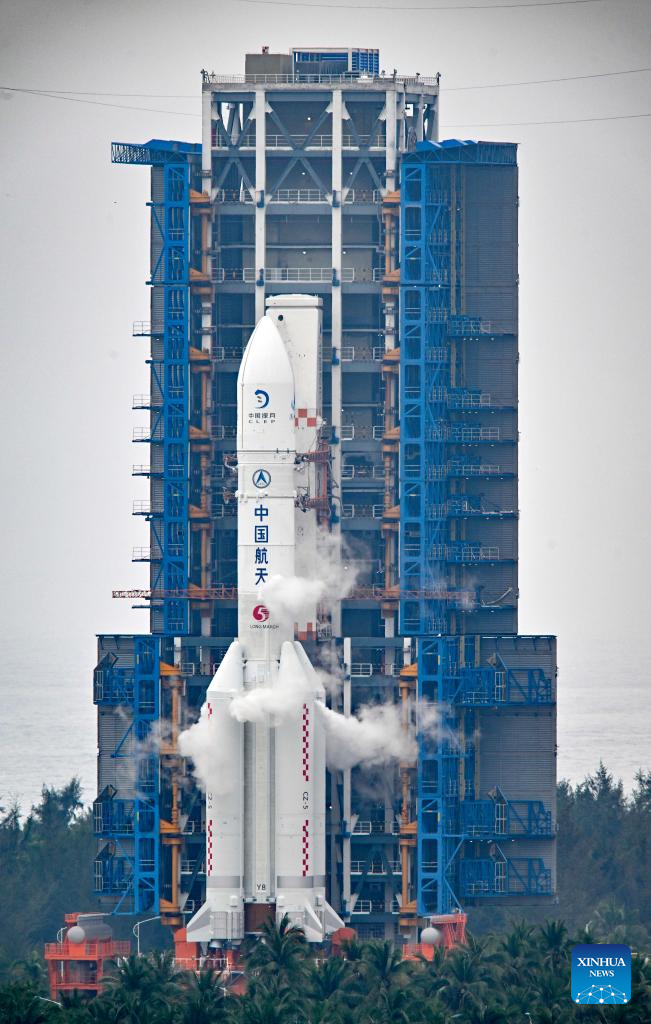
"The amount of samples that Chang'e-6 can collect is uncertain and cannot be estimated accurately at present. Our goal is to collect 2 kilograms," said Deng Xiangjin, a space expert from the China Aerospace Science and Technology Corporation.
The Chang'e-6 mission is carrying four payloads developed through international cooperation. Scientific instruments from France, Italy and the European Space Agency/Sweden are aboard the Chang'e-6 lander, and a small satellite from Pakistan is aboard the orbiter.


